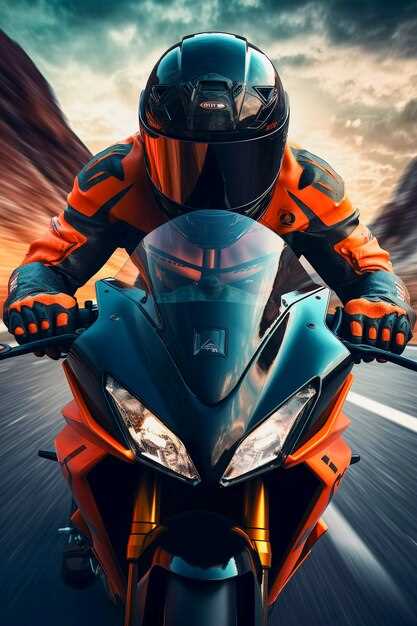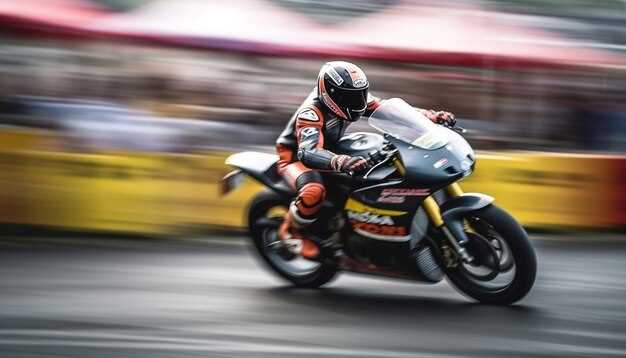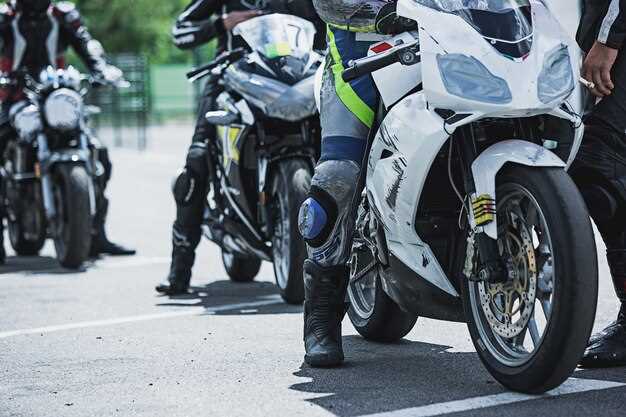

The world of MotoGP has undergone a remarkable transformation since its inception in the early 20th century. What began as a series of local races has evolved into the pinnacle of motorcycle racing, showcasing cutting-edge technology and unparalleled skill. This evolution reflects not only advancements in motorcycle design and engineering but also the changing dynamics of the sport itself, with new regulations and safety standards continually reshaping the landscape.
Throughout its history, MotoGP has introduced a range of innovations that have defined the sport. The introduction of four-stroke engines, electronic fuel injection, and advanced aerodynamics has pushed the limits of speed and performance. As a result, modern MotoGP bikes can reach speeds exceeding 350 km/h (217 mph), showcasing the incredible engineering prowess within the sport.
Key players, including legendary manufacturers such as Yamaha, Honda, and Ducati, have contributed to this evolution, continually raising the bar with their racing machines. As we delve into the history of MotoGP, we will explore the technical advancements and the fastest bikes that have left an indelible mark on this exhilarating sport.
How Technological Advancements Shape MotoGP Performance
The performance of MotoGP bikes has significantly evolved due to continual technological advancements. These innovations not only enhance speed but also improve safety and handling. Key areas of development include:
- Engine Technology:
- Modern engines utilize advanced materials that allow for higher revving, leading to increased horsepower.
- Fuel injection systems have replaced carburetors, providing more precise fuel delivery and better throttle response.
- Electronic control units (ECUs) monitor various engine parameters, optimizing performance in real-time.
- Aerodynamics:
- Wind tunnel testing has revolutionized bike designs, improving downforce and reducing drag.
- Incorporation of winglets and fairings has enhanced stability at high speeds, allowing riders to maintain control during cornering.
- Advanced computational fluid dynamics (CFD) helps engineers simulate airflow and refine bike shapes before physical prototypes are built.
- Chassis and Suspension:
- Lightweight materials such as carbon fiber and aluminum alloys have reduced the overall weight of bikes, enhancing agility.
- Adjustable suspension systems enable riders to tailor their bikes’ handling characteristics based on track conditions and personal preferences.
- Traction control systems utilize data from wheel sensors to prevent slippage, particularly during acceleration out of corners.
- Telemetric Data:
- Teams use telemetric systems to collect data in real-time, allowing for immediate adjustments during practice and races.
- This data includes tire temperatures, brake performance, and engine metrics, enabling precise strategy formulation.
- Post-race analysis of telemetry data helps engineers and riders improve bike setup and performance for future races.
- Safety Innovations:
- Modern leathers with integrated airbag technology provide enhanced protection for riders in case of falls.
- Track design improvements focus on rider safety, including better runoff areas and crash barriers.
- Advanced communication systems between teams and riders facilitate quick decision-making during high-pressure situations.
In summary, technological advancements in MotoGP continually redefine the limits of performance. By embracing innovation, teams not only achieve faster lap times but also enhance rider safety and safety regulations, ensuring that the sport remains exciting and dynamic.
The Impact of Aerodynamics on Bike Speed in MotoGP

Aerodynamics plays a crucial role in the performance of MotoGP bikes, directly influencing their speed, stability, and handling. As speeds increase on the racetrack, the resistance posed by air becomes a significant factor. Understanding and optimizing aerodynamic design can lead to substantial improvements in lap times.
When a bike is in motion, it encounters drag, which is the aerodynamic force opposing its forward movement. This drag force increases with the square of the bike’s speed, making it essential for manufacturers to streamline bike shapes to minimize resistance. Innovations such as fairings, tail designs, and windscreen configurations have been crafted to reduce this drag, allowing riders to achieve higher velocities.
Downforce is another critical aspect of motorcycle aerodynamics. As the bike speeds up, the need for additional grip increases to maintain stability during cornering. Well-designed fairings can create downforce, pressing the bike onto the track surface, thus enhancing tire grip and allowing for sharper cornering at higher speeds. This balance between drag reduction and downforce generation is vital for competitive racing.
Recent developments in computational fluid dynamics (CFD) have revolutionized how teams approach aerodynamics. Engineers can simulate airflow around the bike in a virtual environment, allowing for rapid prototyping and testing of different designs before committing to physical models. This technology has enabled teams to fine-tune aerodynamics continuously throughout the racing season, adapting to changing track conditions and regulations.
The ongoing evolution of aerodynamics in MotoGP not only affects individual bike performance but also influences overall race strategies. Riders must understand the aerodynamic characteristics of their machines, utilizing slipstreaming techniques behind competitors to gain speed while reducing drag. As teams push the envelope in aerodynamic design, the nature of races and the skills required of riders continue to evolve, highlighting the intrinsic connection between engineering and performance in the world of MotoGP.
Comparing the Fastest MotoGP Bikes: Performance Metrics and Records

The landscape of MotoGP has seen significant transformations over the years, with technological advancements continually pushing the boundaries of speed and performance. When comparing the fastest MotoGP bikes, several key metrics and records stand out, providing insight into their capabilities on the racetrack.
Top Speed is one of the most critical performance metrics in MotoGP. Over recent years, the record for the fastest bike has been held by machines such as the Ducati Desmosedici GP21 and the Yamaha YZF-M1. The Ducati, in particular, recorded an astonishing top speed of 356.7 km/h (221.6 mph) during the 2021 Italian Grand Prix, showcasing the aerodynamic efficiency and power output of its V4 engine.
Acceleration is another pivotal aspect, measuring how quickly a bike can reach its top speed from a standstill. The ability to maximize acceleration is often linked to the bike’s weight, power-to-weight ratio, and traction control systems. The latest models often employ advanced electronics that enhance grip and responsiveness, enabling them to achieve 0-100 km/h in just a few seconds.
Lap Times serve as an aggregate measure of a bike’s overall performance on different tracks. The fastest lap times are essential for determining which bikes excel in various racing conditions. For instance, the Yamaha YZF-M1 has been noted for its incredible handling and cornering speed, translating into competitive lap times on twisty circuits.
Engine Performance metrics, such as horsepower and torque, are also vital in this comparison. Modern MotoGP bikes like the Aprilia RS-GP have engines capable of producing over 250 horsepower, delivering exceptional torque that helps in key moments during races. This output is crucial not only for straight-line speed but also for maintaining momentum through corners.
Additionally, braking performance cannot be overlooked in the analysis of fastest bikes. Increased stopping power and control are essential, especially when tackling tight turns under high speeds. Innovations in braking systems, including carbon-carbon brake disc technology, allow riders to decelerate more efficiently, improving overall lap time and safety.
In terms of records, the fastest race lap record has often shifted as technology evolves, but notable examples include the runaway success of Marc Márquez on the Honda RC213V. His remarkable ability to push the limits has led to numerous record-breaking performances, marking significant milestones in MotoGP history.
In conclusion, comparing the fastest MotoGP bikes involves a detailed examination of performance metrics like top speed, acceleration, lap times, engine performance, and braking efficiency. Each metric plays a crucial role in defining a bike’s capabilities, setting the stage for fierce competition among manufacturers and riders alike.





